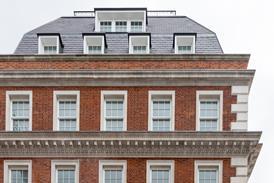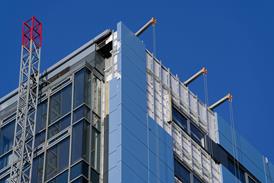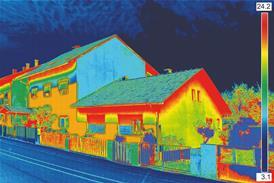- News

All the latest updates on building safety reformRegulations latest
- Focus
- Home
- News
- Focus
- Comment
- Events
- CPD
- Building the Future
- Jobs
- Data
- Subscribe
- Building Boardroom
Air tightness in Mauritius
By Michael Jaggs, MSc, BScHons, ACIOB Michael Jaggs Michael Jaggs heads up BRE's team of airtightness experts. Prior to this he worked on a wide range of construction research projects including major international studies. 2003-01-06T16:17:00
I am calculating the air infiltration rates through cracks and openings in a 10 storey building in Mauritius - and it's quite a daunting task. Improper assumptions could make the results misleading. Is there any empirical study and published external air infiltration rates through cracks and normal openings of the ...
Already registered? Login here
To continue enjoying Building.co.uk, sign up for free guest access
Existing subscriber? LOGIN
Stay at the forefront of thought leadership with news and analysis from award-winning journalists. Enjoy company features, CEO interviews, architectural reviews, technical project know-how and the latest innovations.
- Limited access to building.co.uk
- Breaking industry news as it happens
- Breaking, daily and weekly e-newsletters
Get your free guest access SIGN UP TODAY

Subscribe now for unlimited access
Subscribe to Building today and you will benefit from:
- Unlimited access to all stories including expert analysis and comment from industry leaders
- Our league tables, cost models and economics data
- Our online archive of over 10,000 articles
- Building magazine digital editions
- Building magazine print editions
- Printed/digital supplements
Subscribe now for unlimited access.
View our subscription options and join our community

















